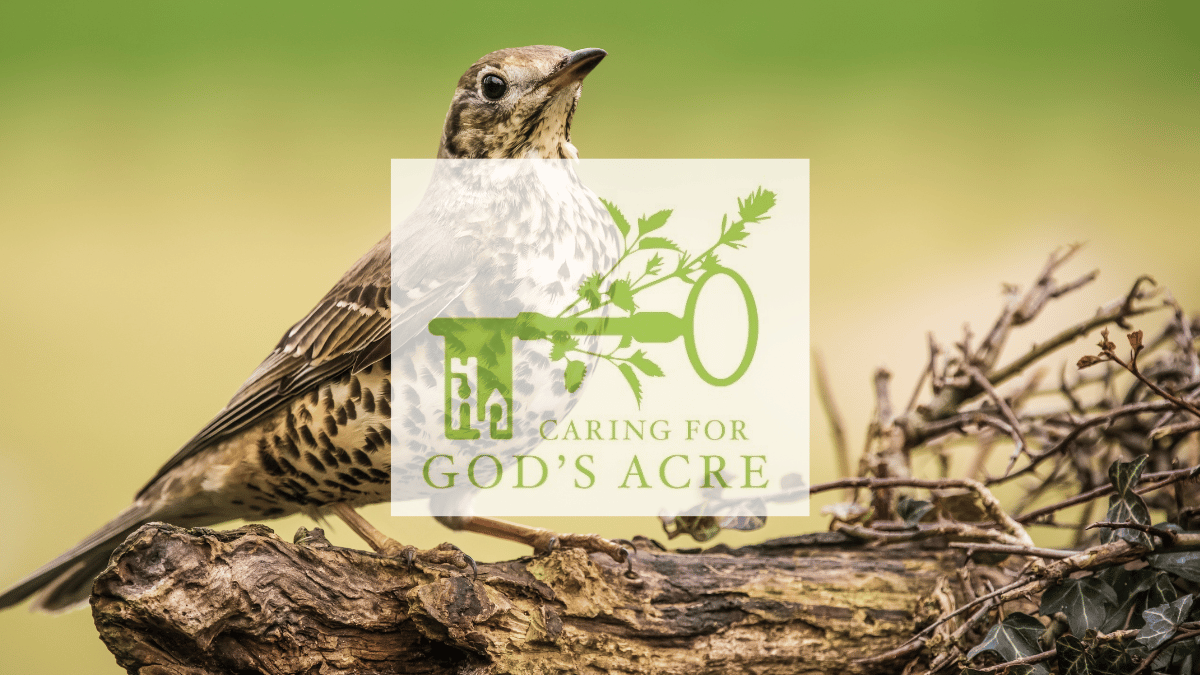
The Storm Cock sings in March
March is a great month to search for and listen to mistle thrushes. They start to breed in February and by March can be heard proclaiming from the tops of tall trees. Unlike other thrushes such as song thrush or blackbird, mistle thrushes are know for singing during stormy weather, hence the name storm cock. They are also called Throstles, an old word for thrush. By perching high to sing, they amplify their already loud song which can be heard up to 2km away. Compared to other thrushes the mistle thrushes song is more monotonous and piercing but still a joyful sound to hear and a herald of spring. You can identify the three thrushes by their song and once you have learned the difference they are quite easy to separate. Have a listen on the RSPB website as a starting point.
Mistle thrushes favour parkland conditions with big trees and grassland, where they feed on a wide variety of invertebrates. Churchyards and cemeteries can be perfect for them having mature soils full of invertebrates, few or no pesticides and mature trees for perching and nesting. Many burial grounds contain evergreen trees which were planted during the nineteenth century, these are now mature and offer excellent habitat for thrushes as well as other birds and animals.
Mistle thrushes are currently in decline in the UK and churchyards and cemeteries may be important strongholds for them. We would love to know how many churchyards have mistle thrushes breeding in them, and if you hear one singing, this will be a male who is proclaiming his territory so a good indicator of breeding. Please let Caring for God’s Acre know by making a record on iNaturalist, you can do this by recording the song or taking a photo of the bird. Alternatively you can email wildlife@cfga.org.uk.
All the best,
Diocesan Churchyard Environmental Advisor
www.caringforgodsacre.org.uk - individuals and groups in the diocese receive 20% members discount on all CfGA materials. Use the discount code diomem22
